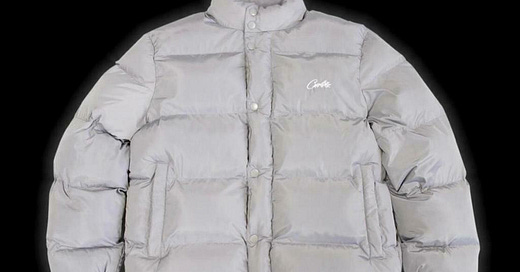Welcome to the Sociology of Business. If you are not subscribed, join the community by subscribing below and joining the Sociology of Business Discord. You find my book, The Business of Aspiration on Amazon and you can find me on Instagram and Twitter. For those new here, in my last analysis, Entertainment x Shopping, I focused on Telfar to analyze a bu…
Keep reading with a 7-day free trial
Subscribe to The Sociology of Business to keep reading this post and get 7 days of free access to the full post archives.



